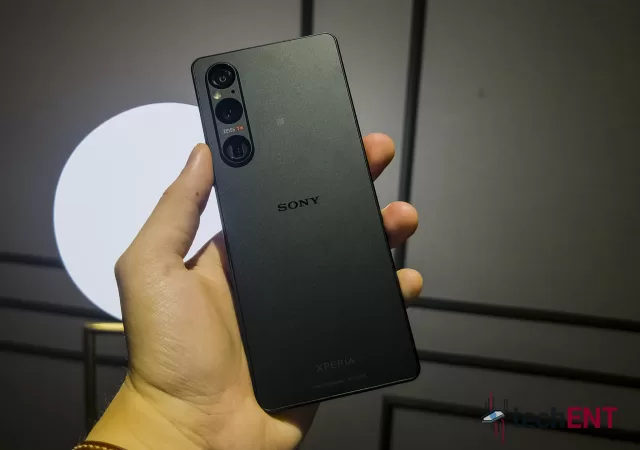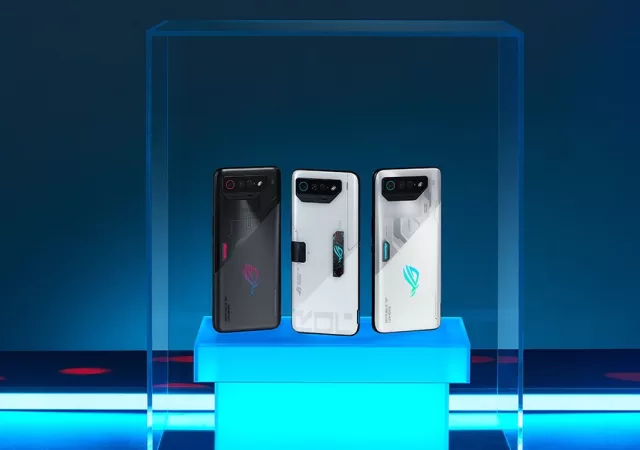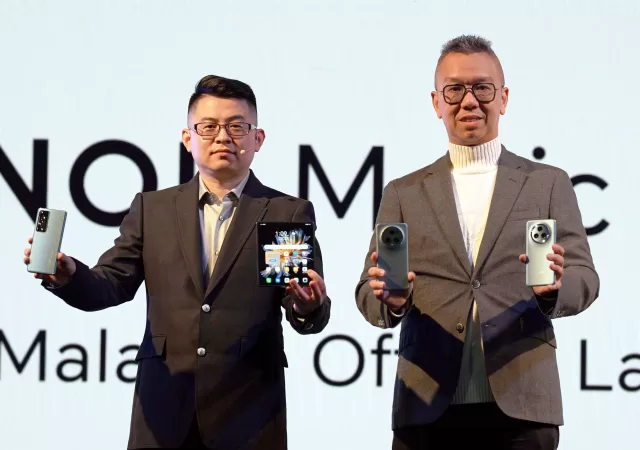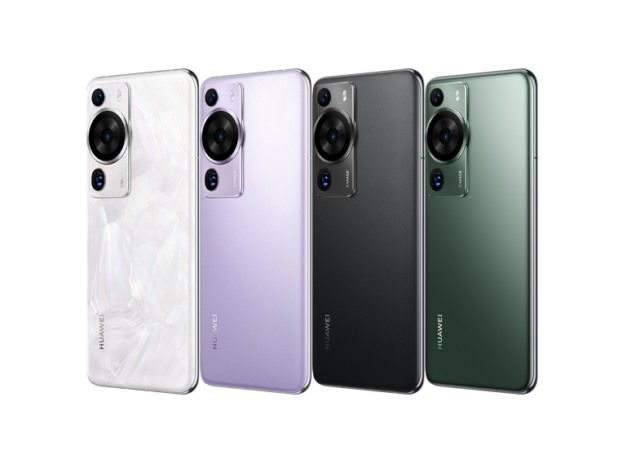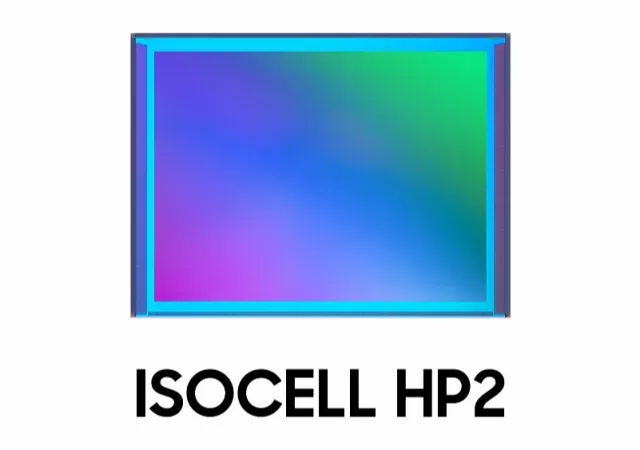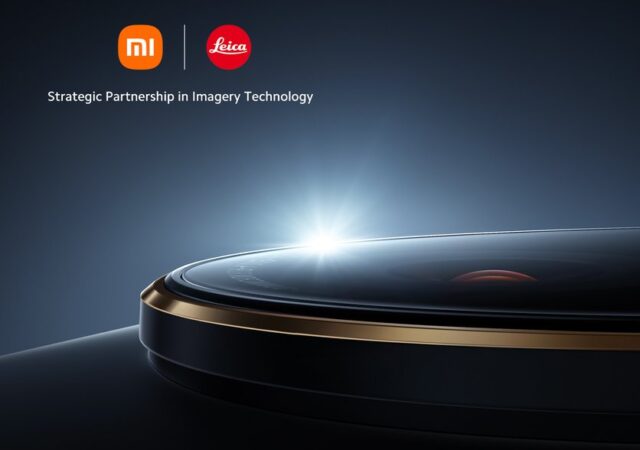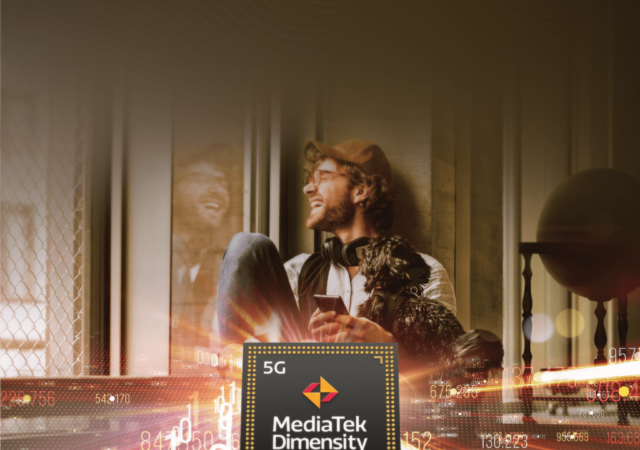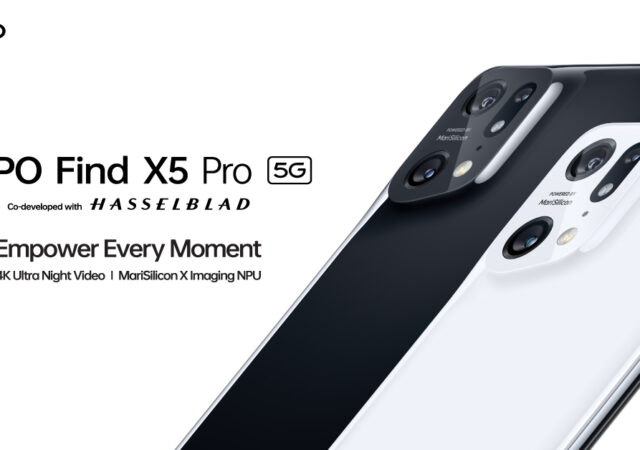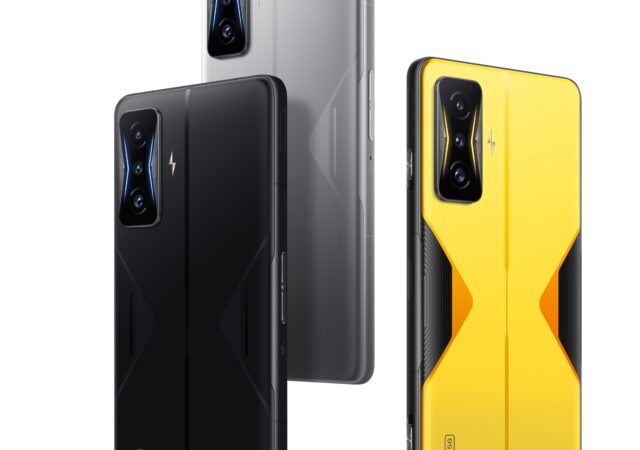In the ever-competitive scene of high-performance smartphones, Realme is stamping its mark with the GT 5 series, promising to redefine the limits of mobile performance. Power-packed performance The heart of the Realme GT 5 series is the Qualcomm Snapdragon 8…
Sony Xperia 1V is Now Available in Malaysia for MYR 6,399!
Sony brings their flagship Xperia 1V to Malaysia with the new Exmor T for smartphones camera sensor for MYR 6,399.
The ASUS ROG Phone 7 Launches! Coming to Malaysia in May 2023!
ASUS launches their latest ROG Phone gaming smartphone with the most powerful SoC available with the most advanced display in the market.
HONOR Launches the Magic5 Series with Millisecond Falcon Capture technology for MYR 3,499 Onward
HONOR launches their latest flagship series, the Magic5 series with the Magic5 Pro sporting three 50MP cameras with prices from MYR 3,499.
HUAWEI Launches the P60 Series in China, Is It Still Worth the Attention?
HUAWEI launches their latest photography flagship, the P60 series comprising of the P60, P60 Pro, and P60 Art in China
Samsung introduces the ISOCELL HP2 – The Little 200MP Sensor for Your Smartphone
Samsung announces the ISOCELL HP2 camera sensor for smartphones packing 200MP ahead of Unpacked 2023 and their next-gen flagship release.
Xiaomi and Leica’s Partnership is Real – First Devices to Feature Leica Branding Coming 4th July 2022
Xiaomi is launching their new flagship soon. Their new flagship also comes with a camera that is co-engineered with Leica.
MediaTek Takes on Flagships with Dimensity 9000+
MediaTek announces the Dimensity 9000+ SoC for flagship smartphones with a ultra-powerful Cortex-X2 at its core to take on Qualcomm’s best.
OPPO Launches the Find X5 Pro 5G in Malaysia – Another Hasselblad Masterclass at MYR 4,999
OPPO is launching the Find X5 Pro with Hasselblad developed camera for MYR x,xxx with MariSilicon X dedicated imaging NPU.
POCO Launches Their Latest Flagship, the F4 GT at MYR 2,299
POCO launches their latest flagship with Snapdragon 8 Gen 1 in Malaysia for MYR 2,299 onward. it comes with up to 12GB RAM and 256GB ROM.




